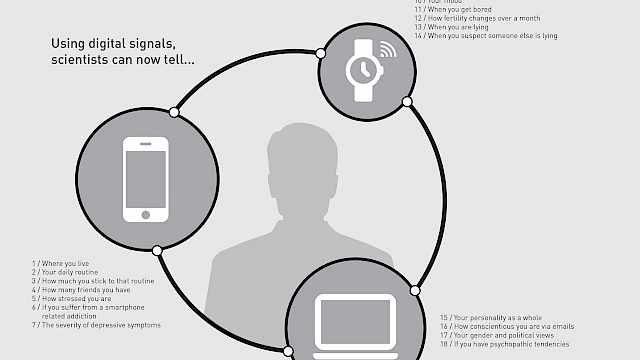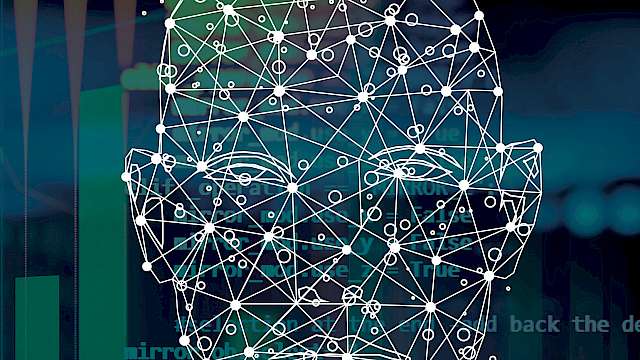Preparation
Baselining
This is the idea of asking somebody a few innocuous questions to understand how he or she behaves normally. An alternative is to look at past interactions to understand how he or she behaves normally. In general, then, this is about taking the same person and observing them on multiple occasions over time.
Placement of interpreters
Often information elicitation in the security world is cross-cultural, requiring an interpreter. There is a lot of controversy about where the interpreter should sit relative to the two people talking. Two possibilities:
- As a triangle, where the interpreter sits to the side of the talkers
- As a row, where the interpreter sits behind the police officer.
Priming
This is the finding that changing the appearance of a room can change an individual’s mindset; it can make you more cooperative, for example. A good example of this is the finding that including more ‘open’ things within the room makes you more likely to provide information. Open things include an open window, an ‘open’ landscape picture, an open book, an open jug of water, etc.
Assessing credibility
Model statements
One reason that truthtellers do not provide sufficient detail is that they are not clear on how much detail to give. Playing them a ‘model statement’ (somebody talking about something else and giving sufficient detail) gives them an idea of what to do. As a consequence, truthtellers describe a lot of rich information (which they can do because they have the memory) which liars are unable to replicate. Officers can carry the model statement on their phones.
Cultural differences
Culture has been shown to have a dramatic impact on people’s ability to assess credibility across cultures (we’re much poorer at it, often dipping below chance) and the validity of assessment techniques (language markers of lying in some cultures are markers of truth-telling in other cultures). This is because of the norms that each culture has about how one communicates.
Unanticipated questions
Liars tend to prepare and they prepare for questions that you would expect to be asked. An unexpected question is one not likely to be anticipated by the liar, which results in them stumbling and showing that they are lying. They might include “How are you going to travel to your destination?” and “What part of the trip was easiest to plan?”.
Using evidence
Knowing it all
This is a technique where a person uses the information she has to give the illusion that they know everything. This often leads the subject to provide the missing pieces of information without realising they are doing so. It is often conceptualised as a jigsaw puzzle, with the person carefully revealing the pieces they do know to elicit the other pieces and complete the puzzle.
Strategic use of evidence
Officers often use evidence (e.g. CCTV footage) to challenge the story provided by a suspect. There are different ways of using such evidence. You could present it all at the beginning and ask for an account from the suspect. Or, you could ask for an account, then present one piece of evidence that contradicts the account, and ask why. Then, another piece, and ask why. And so on. This latter approach is called SUE or Strategic Use of Evidence.
Timeline technique
A simple technique in which the elicitor draws a line and gives the individual some Post-It notes. He or she is then asked to write things that they remember on the Post-It notes and to stick those along the timeline.
Gaining Rapport
Motivational frames
Research shows that when people communicate they do so to pursue one of three motivations – either instrumental, relational or identity. Instrumental relates to substantive wants (e.g. money, information). Relation relates to shaping the relationship between you and the person you’re talking to (e.g. telling a joke to improve liking, sharing a commonality to improve trust). Identity messages seek to change a ‘face’ (e.g. insulting somebody, boasting about personal achievements).
Thinking about which of these three a person is using is key to success because any mismatch between what they are pursuing and what you say tends to lead to conflict.
Reflective listening
Importance of listening to what the speaker is saying and then summarising it back to them in a way that enquires rather than judges.
ATFQ
Ask the f—question. Often there is an ‘elephant in the room’ in the sense there is one thing an interviewer wants to know. Sometimes he or she just needs to ask the question.
Copyright Information
As part of CREST’s commitment to open access research, this text is available under a Creative Commons BY-NC-SA 4.0 licence. Please refer to our Copyright page for full details.







